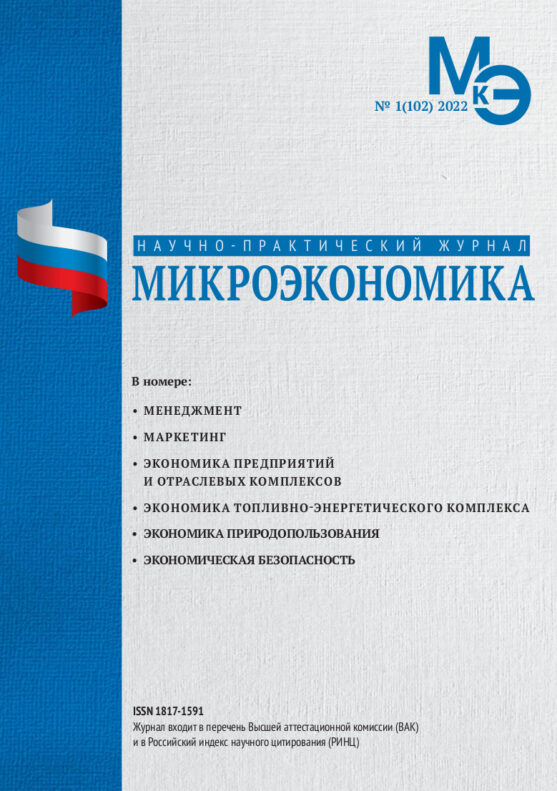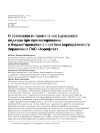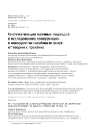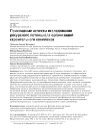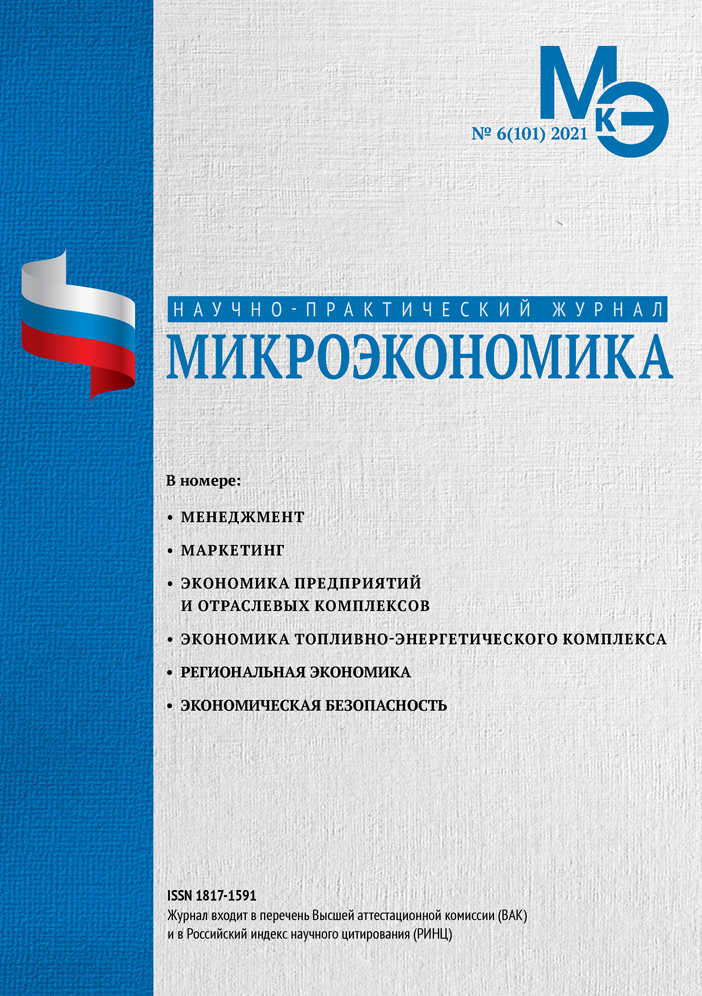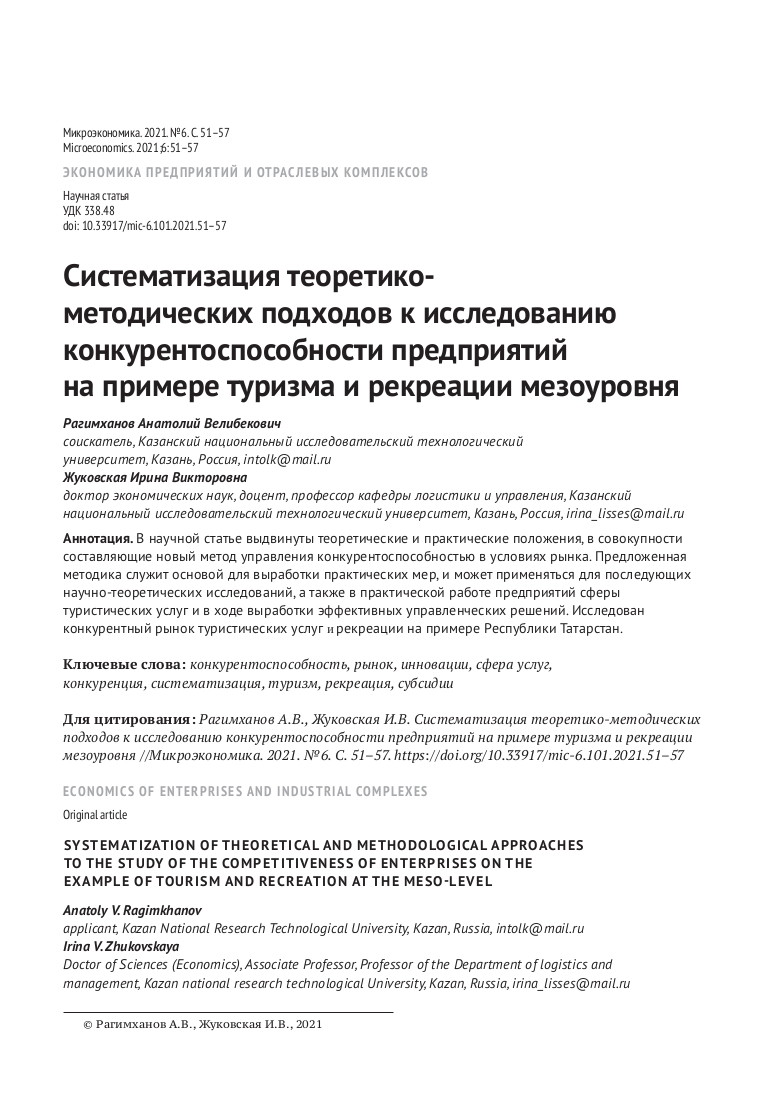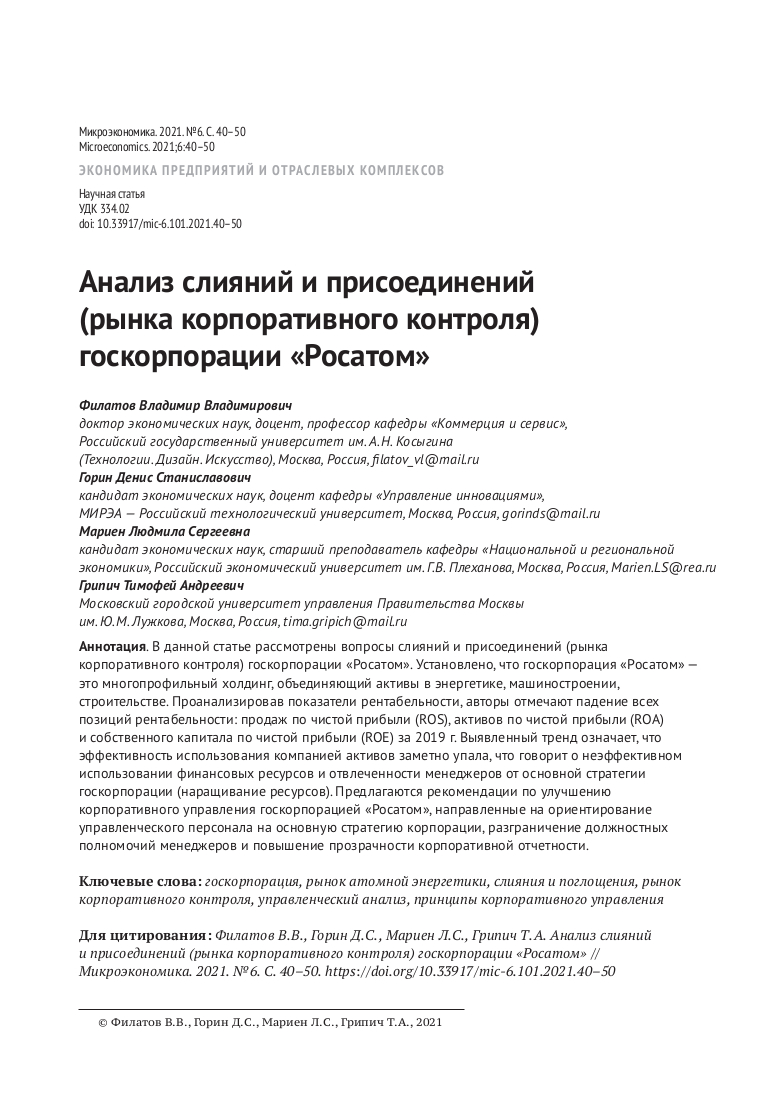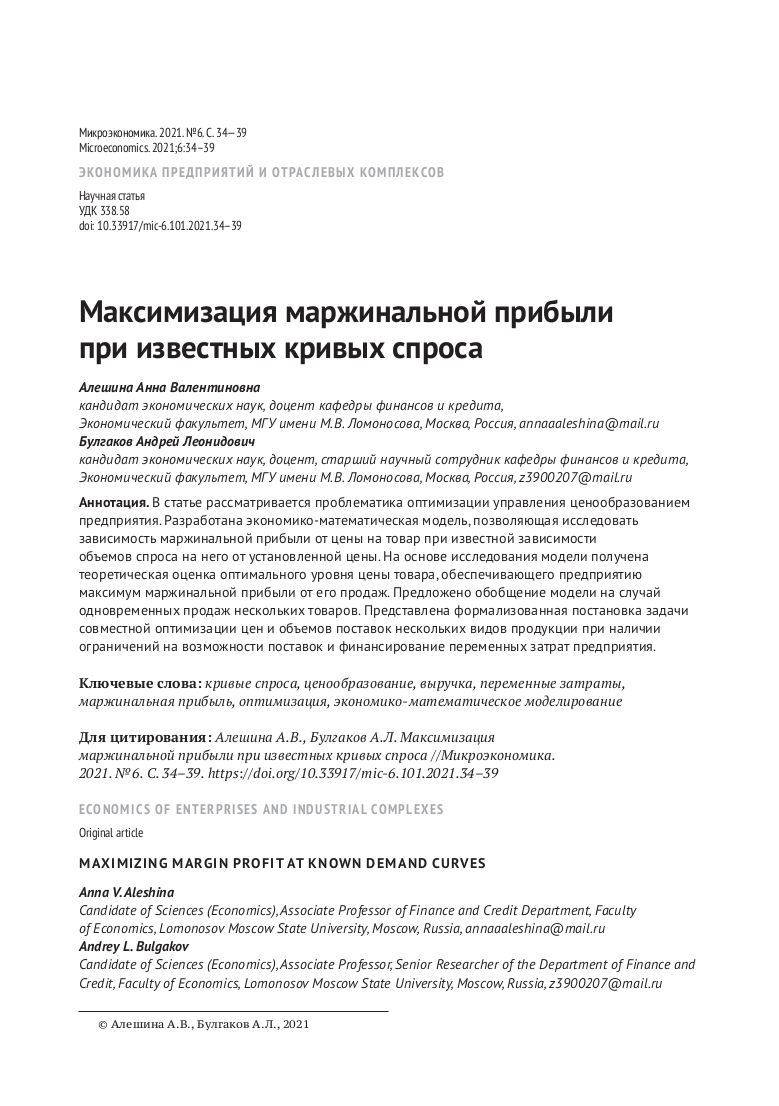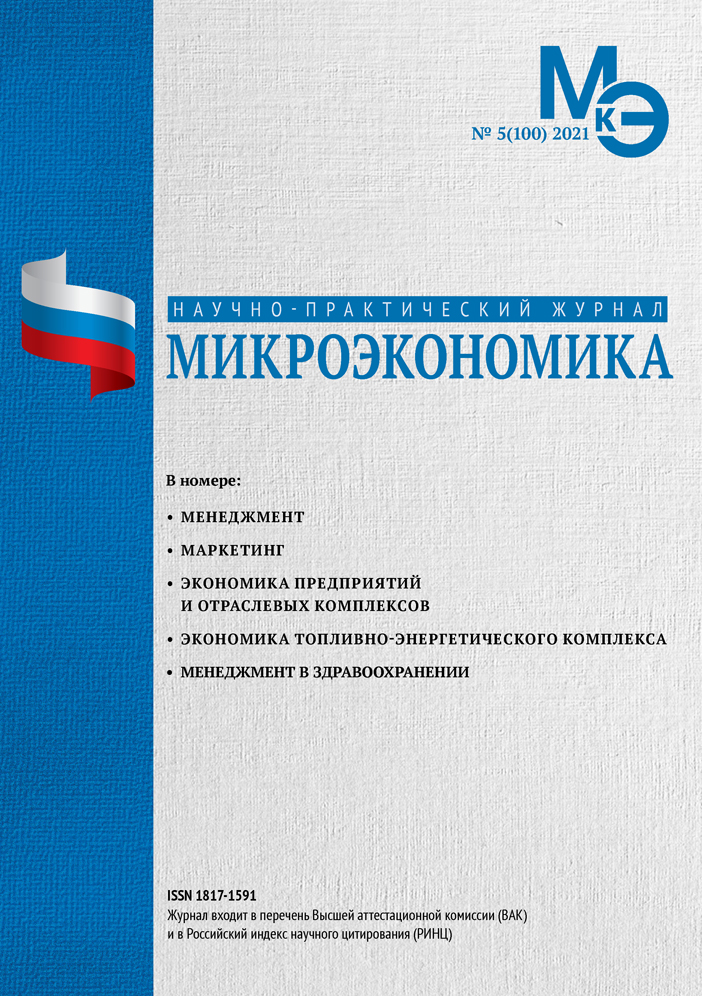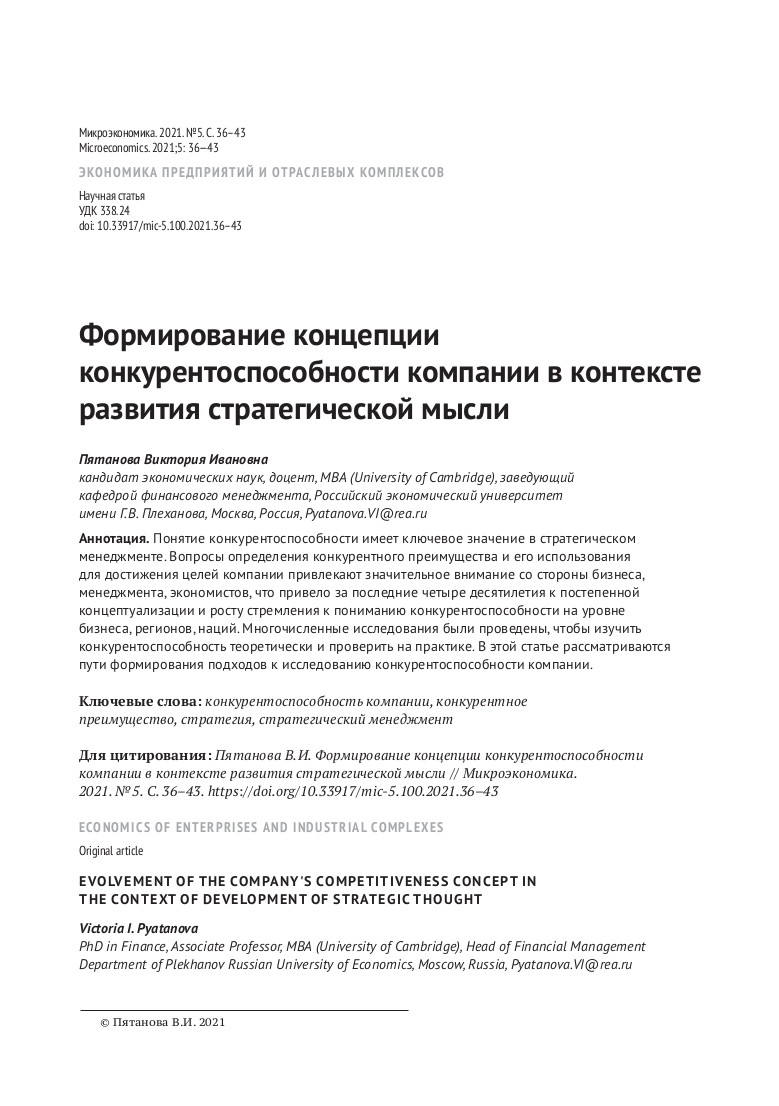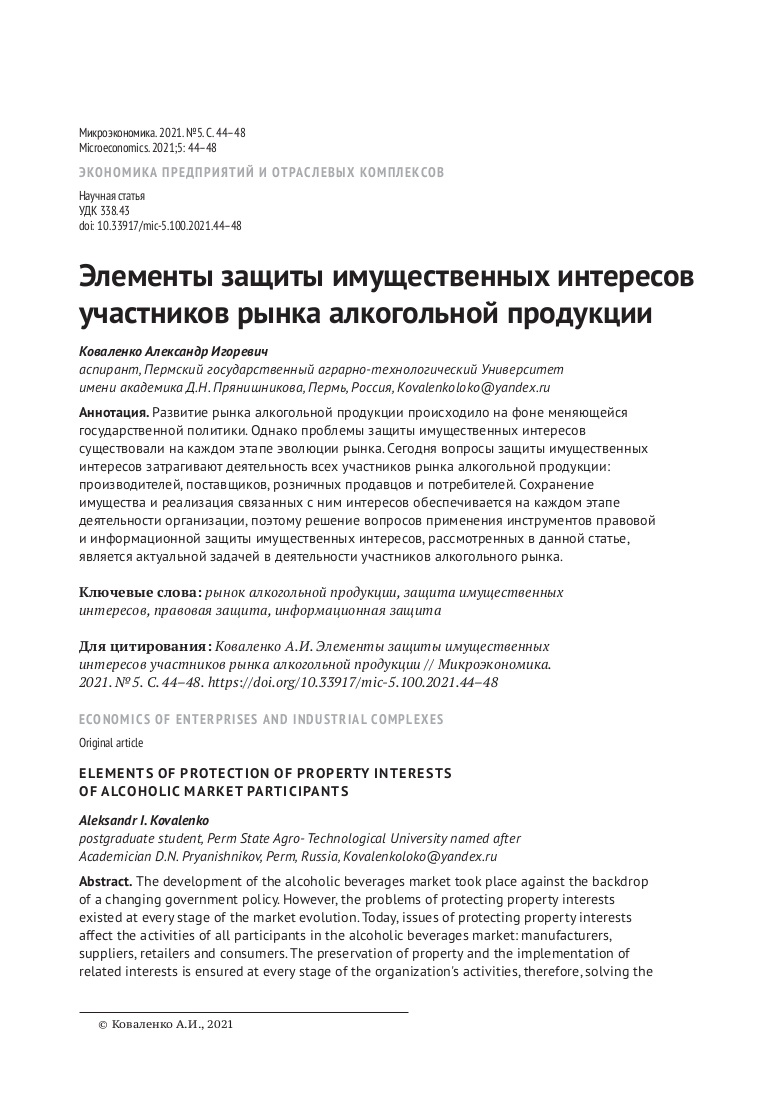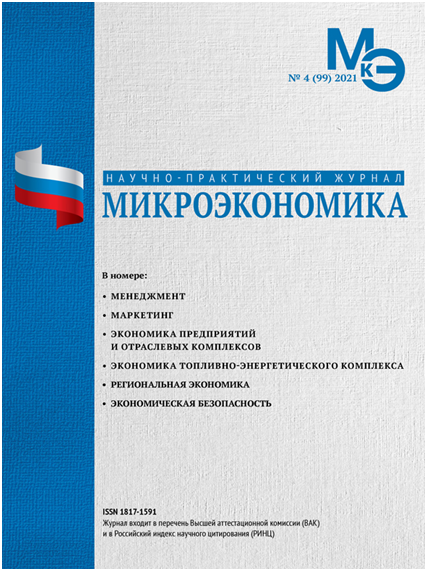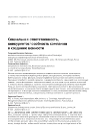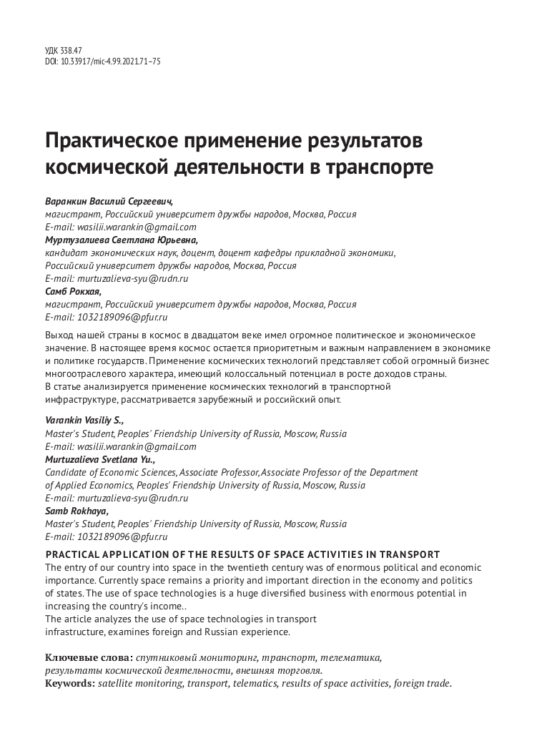About the possibility of using a scenario approach in forecasting and budgeting in the practice of corporate governance of PJSC Aeroflot
DOI: 10.33917/mic-1.102.2022.83-90
The article discusses the possibilities of using a scenario approach in forecasting and budgeting in the practice of corporate governance of PJSC Aeroflot. According to the methodology of the National Corporate Governance Rating in 2018, Aeroflot PJSC has a rating of 7++, which indicates compliance with Russian legislation, taking into account the interests of all interested parties (shareholders, the state, employees, consumers of services). Currently, it is established that in 2020-2021. This aspect of corporate governance in PJSC Aeroflot is not fully implemented and needs to be improved. It can be assumed that precisely because of this, the risk management system of PJSC Aeroflot could not cope with the development of anti-crisis measures in a timely manner. The authors recommend considering pessimistic and optimistic scenarios in detail when drawing up budgets, planning a budget system for each of them, developing measures to reduce risks, and responding quickly to emerging threats. It has been established that the use of a scenario approach in budgeting and corporate governance practices will allow PJSC Aeroflot to consider all possible situations, including unlikely ones, to inform representatives of the Board of Directors about all possible risks in a timely manner, and to develop measures to minimize risk.
References:
1. Alenina E.E., Zyulina V.V., Redin D.V. Priority directions of formation of organizational structures of innovative development of high-tech industries. In the collection: Innovations in business creation and management. Materials of the VIII International Scientific Conference of teachers, staff and Graduate students. 2016. pp. 3-8. (In Russ.).
2. Alenina E.E., Zyulina V.V. Sectoral problems of management of the development of modern Russian engineering. In the collection: Materials of the Scientific and practical conference with international participation «Management in the field of science, education and technological development». 2016. pp. 134-140. (In Russ.).
3. Golovanova N.B., Gorin D.S. Methodological approach to assessing the technological state of a machine-building enterprise to increase the validity of management decisions //Management of economic systems: an electronic scientific journal. 2012;4 (40):70. (In Russ.).
4. Golovanova N.B., Gorina T.V. Comparative characteristics of the main approaches to enterprise resource management //Management of economic systems: an electronic scientific journal. 2014;12 (72):83. (In Russ.).
5. Gorin D.S. The growth of the technological gap as a trend in the development of the machine-building industry //Economics and entrepreneurship. 2014;11-4 (52): 503-505. (In Russ.).
6. Gorin D.S. Assessment of the industry significance of machine-building enterprises based on the analysis of fixed assets //Economics and entrepreneurship. 2013;12-4(41):319-322. (In Russ.).
7. Gorin D.S. Organizational and methodological aspects of crisis management at machine-building enterprises //Economics and entrepreneurship. 2012;1(24):282-285. (In Russ.).


